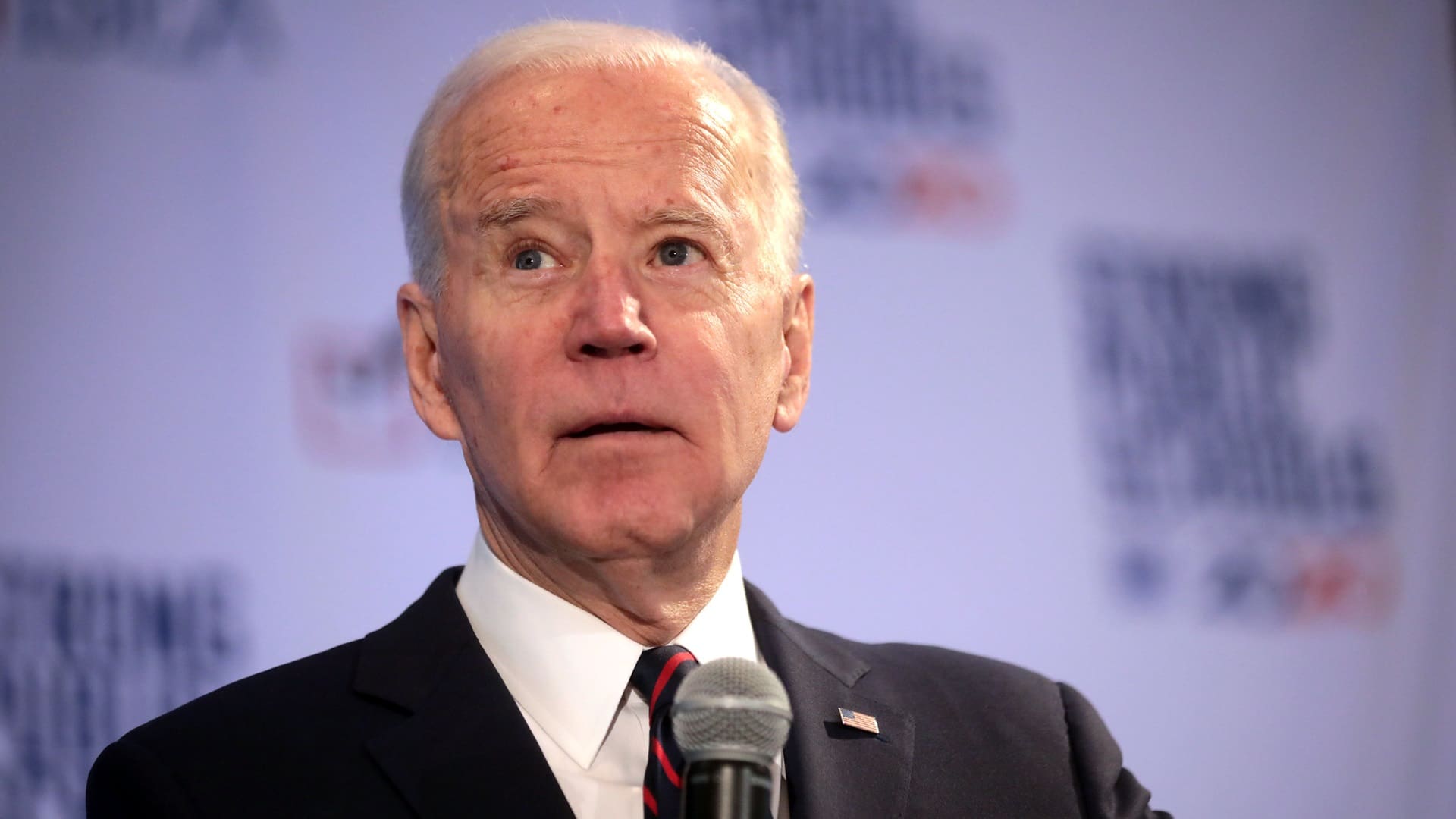Americans have witnessed yet another true rarity of a moment in their nation’s history. A President was wounded during an assassination attempt earlier this month, something that had not happened since 1981. In the same month, quite remarkably, a sitting POTUS announced he is not running for re-election despite being eligible under the 22nd Amendment of the Constitution. That has not happened since 1968, when Lyndon B. Johnson made his decision to withdraw after a poor primary performance in New Hampshire.
The parallels between 1968 and 2024 are very apparent.
Then, it was incumbent Vice President Hubert Humphrey who took over the top place on the Democrat ticket, just as Vice President Kamala Harris is the most likely replacement now. Just like then, the Democratic National Convention will also be open this year,—meaning no candidate is going into it with a sufficient number of delegates pledged to secure the nomination—something that has not happened since 1968. The location, coincidentally, will also be the same: both the 1968 and 2024 DNC were, or are about to be, held in Chicago, Illinois. The 1968 Convention ended in rioting and chaos, something that may very well be the case this time around as well. We also have a former Democrat running a third-party campaign this year, just like in 1968. Then, it was George Wallace, while this time, it is Robert F. Kennedy Jr—whose father was killed during his campaign in 1968, by the way…
There are some differences in the two elections as well.
In 1968, President Johnson announced his withdrawal from the race on his own, without any public pressure from party leaders, a lot earlier than President Biden, in March. He won the presidency in a major landslide in the previous election, unlike President Biden. Also unlike now, there was a major policy dispute between him and his Vice President: President Johnson, up until a few weeks before the election, was for the military build-up in Vietnam, which Vice President Humphrey opposed. The election ended up being very close in the popular vote, with Republican Richard Nixon winning by just 0.7 points. However, in the electoral vote, Nixon’s victory was a lot more decisive: 301 against Humphrey’s 191 and Wallace’s 46.
Historical parallels aside, it is undeniable that having to
pressure the incumbent President to withdraw from the race after the primary process was over is a major hit to the Democratic Party’s reputation.
That is the case even if the mainstream media is not covering it that way so far. And on top of that, the Democrats are facing additional challenges.
President Trump’s campaign has already overtaken President Biden’s in cash on hand before the disastrous debate performance that ultimately led to him dropping out. Now, Kamala Harris, the presumptive nominee endorsed by Biden, will have to hit the fundraising trail without being able to say with 100 per cent certainty that she in fact will be the nominee. After all, that will not become certain until the Convention starting 19 August. If it is someone else who gets the nod, they will likely have to give up on the $95 million remaining cash on hand the Biden-Harris campaign has.
Also, in an unprecedented twist of events,
we now have the incumbent party running a non-incumbent candidate, while the non-incumbent party is running a former incumbent candidate.
The incumbent advantage is a well-documented phenomenon in American politics, a lot of which is due to simple name recognition. This aspect now heavily favours Former President Trump.
Does Harris Fare Better Than Biden Against Trump in Polling?
With President Joe Biden dropping out, the two popular models that don’t exclusively rely on polling have been discarded as well, since both Helmut Norpoth’s primary model and Allan Lichtman’s 13 keys model had Joe Biden winning for some odd reason, before it became evident that in reality, he was not only behind, he had no realistic path to victory, leading him to end his reelection campaign.
So, we are left with having to solely rely on national polling data, which currently shows Harris behind Trump by 1.7 points in the RealClearPolitics aggregate—which is about where Joe Biden was (down by 1.8 points) before his fateful debate performance. All the polls included in the aggregate were conducted before President Biden dropped out.
Since then, one national poll has been published. A SoCal Research survey shows President Trump leading by 8 points, 51–43. The poll is funded by a very pro-Trump social media personality. However, the poll itself is the only one other than New York Times/Siena which uses the innovative method of backtesting their sample by asking who the respondent voted for in 2020, thus it is unlikely to be widely inaccurate.
SoCal Research on X (formerly Twitter): "New: On Point Politics/SoCal Research Post-Drop Out Poll🟥Trump 51🟦Harris 43With 3rd Parties🟥Trump 43🟦Harris 37🟨Kennedy 9🟩Stein 4🟧Oliver 368% approve of President Biden's decision to drop outn=800 RV 7/21https://t.co/3SuCCUWXol / X"
New: On Point Politics/SoCal Research Post-Drop Out Poll🟥Trump 51🟦Harris 43With 3rd Parties🟥Trump 43🟦Harris 37🟨Kennedy 9🟩Stein 4🟧Oliver 368% approve of President Biden's decision to drop outn=800 RV 7/21https://t.co/3SuCCUWXol
Two state polls have also been published since the major announcement, and neither of them is favourable to Vice President Harris. A poll by Praecones Analytic for the New Hampshire Journal shows Harris behind Trump by one point in New Hampshire, a state that President Biden won by 7.35 points in 2020. Another poll by the Atlanta Journal-Constitution has Trump winning by five points in the crucial swing state of Georgia with 16 electoral votes. Biden carried the state by just 0.2 points in 2020.
Harris has also shown that she too has the capacity to blow up a campaign in the past. Her bid for the 2020 nomination for President for the Democratic Party started out promising, but she ended up dropping out even before the Iowa caucus. Her favourability rating in the RCP aggregate is just 38.1 per cent, below Joe Biden's approval rating (40 per cent), which is not a great asset for Democrats either.
With all that, Former President Trump is still the heavy favourite to win the 2024 election in the betting market, with bookmakers giving him about 60–70 per cent chance for victory.
Related articles:








